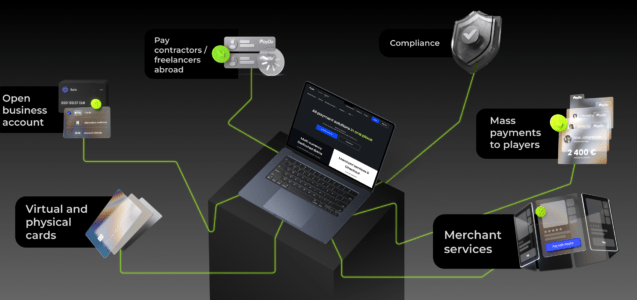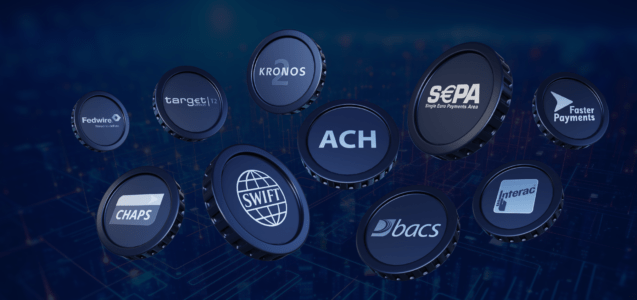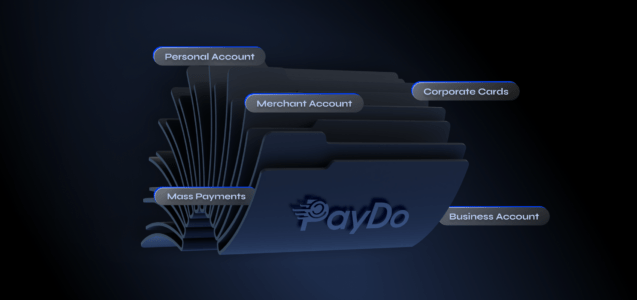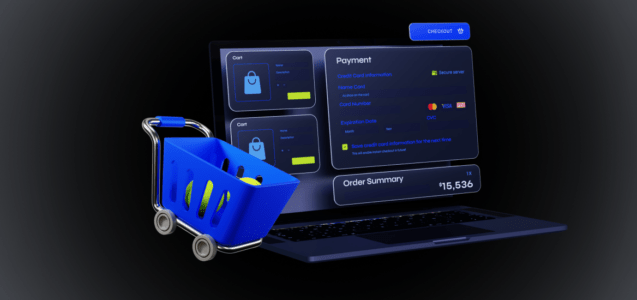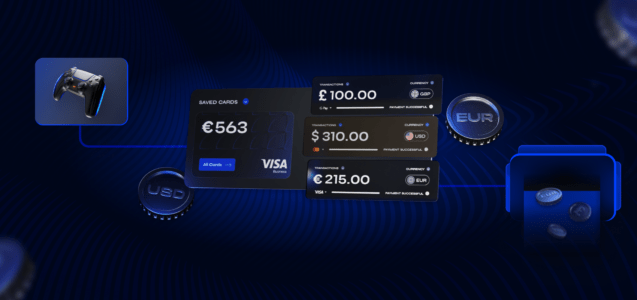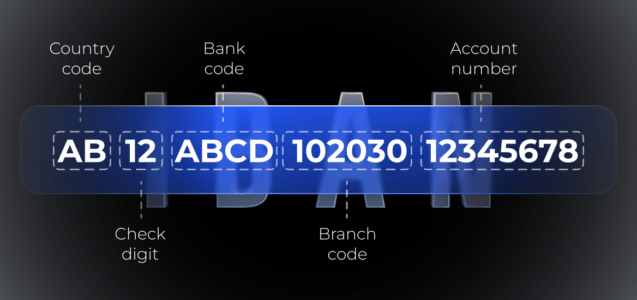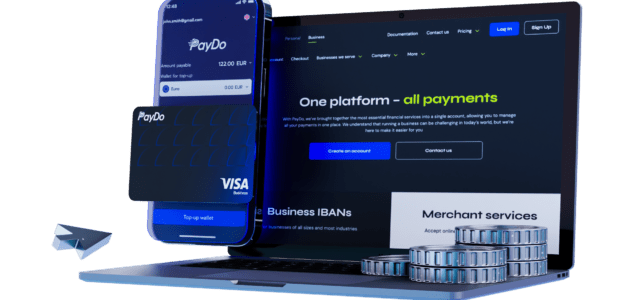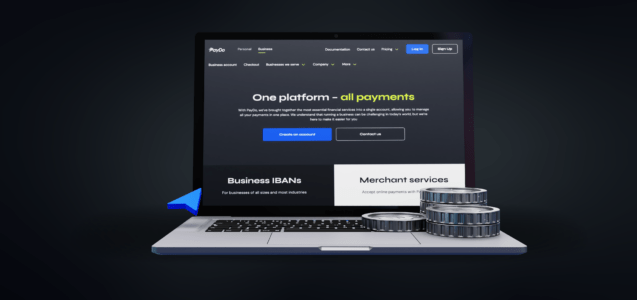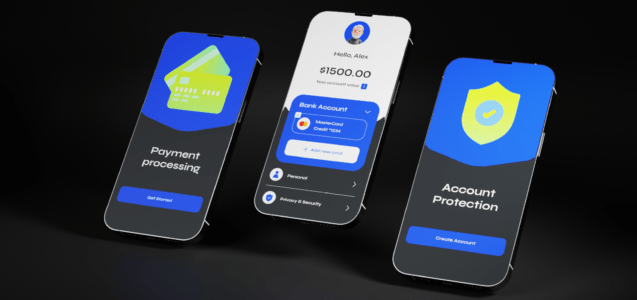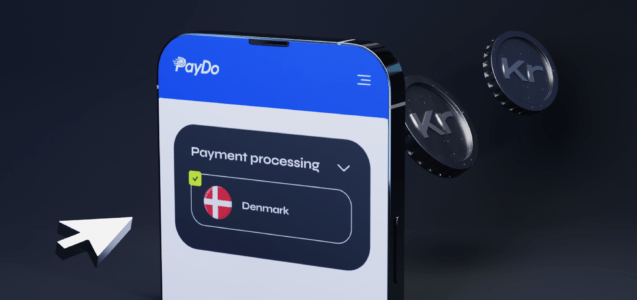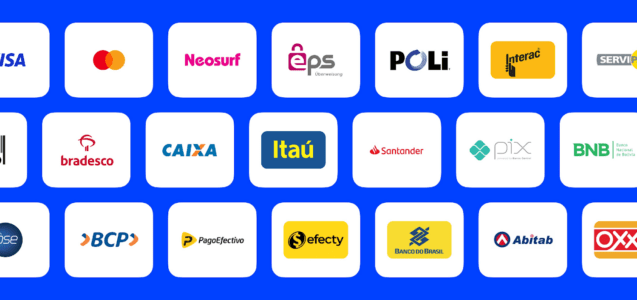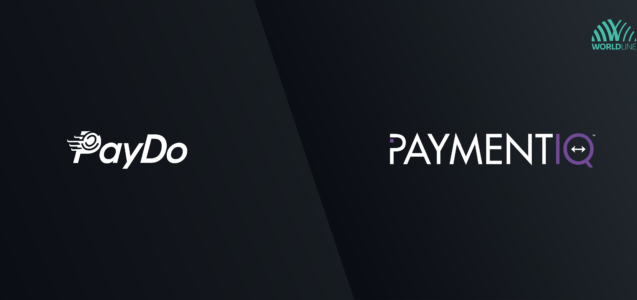Card transactions not only move money: they also cost money. Every single financial transfer to your business will usually yield a processing fee between 1.5% and 3.5% of the entire sum. While this window makes up the average price range that is easy to take for granted, savvy business owners know how to tip the odds in their favor. Today we will go over these strategies to ensure that your company gets to pay less, and keep more.
What Dictates the Volume of a Payment Processing Fee?
Processing fees are all different. The total sum of money each transaction costs your business varies by how many smaller fees get triggered at every stage. How much these smaller fees add up to also depends on the parties that set them.
To understand the best strategies to minimize payment processing fees, you need to first get how these fees end up costing this much. Some frequent general factors are:
- Risk level. High-risk businesses can expect to pay between 2.5% and 5% in processing fees dure to high risk of fraud that demands more expensive security measures.
- Transaction amount and volume. Frequent large transactions are beneficial for both you and your card networks and tend to secure lower rates.
Different Types of Payment Processing Fees
These are the subcategories of fees that you pay for every transaction.
| Name | Gateway fees | Acquirer fees | Network fees | Cross-border processing fees |
| Description | Charged by the payment gateway provider for securely transmitting transaction data from your site to the payment processor. | Charged by the acquiring bank that receives the transaction funds on behalf of the merchant (provider of goods or services the transaction pays for). | Charged by the card networks (Mastercard, Visa) for access to their infrastructure. | Charged by the card network (Mastercard, Visa), and sometimes shared with the acquiring bank. Deducted from the merchant’s payout for an international sale. |
| Pays for | Encryption, fraud prevention tools, and API support. | Risk management, transaction approval, and fund settlement. | Global network maintenance, innovation, and regulation. | Extra charges applied when the cardholder’s country or currency differs from the merchant’s. |
| Range | 0.10%–0.25% per transaction | 0.5%–2% per transaction. | 0.11% to 0.15% per transaction. | 0.5%–2.5%, depending on the provider and regions involved. |
As you can see, the average range allows for tangible differences in price that depend on what gateway providers and card networks you are using. For example, Mastercard usually charges 1.15% + $0.05 to %2.50 + $0.10 processing fee, while Visa charges between 1.15% + $0.05 and %2.40 + $0.10. To learn more about the differences between Visa and Mastercard, check out our recent blog article.
How Hidden Fees Drain Your Profits

Create competition for your processors
Hidden fees and payment processing fees are like a Venn diagram: not all hidden fees are tied to the act of payment processing, and not all payment processing fees are hidden. However, certain additional fees in that overlapping area truly are hiding in plain sight, and can affect your profits if you ignore them.
Implement Level 2 and Level 3 processing
Level 1 is the standard data submission for credit card transactions. It includes only the most basic information: the total amount, date, and merchant name. Level 2 and Level 3 processing go further by providing additional transaction details.
For B2B transactions, providing additional data like tax amounts and customer codes qualifies for Level 2 or Level 3 processing. This detailed information can lead to lower interchange rates, especially for corporate and government cards.
Crack down on chargeback ratios
Analyze the patterns in your chargebacks and use that data to improve your services. While chargebacks can occur because of circumstances beyond your control, they can also happen due to processing mistakes (like late presentment or incorrect transaction codes), fulfillment issues (including undelivered or defective goods), and duplicate charges or incorrect billing. Discovering the main reasons for your chargebacks will save you money and clients, while boosting your brand’s credibility.
Utilize Address Verification Service (AVS)

Implementing an Address Verification Service (AVS) adds a layer of security by verifying the cardholder’s billing address with the card issuer. This not only helps in fraud prevention but also qualifies transactions for lower interchange rates, especially in card-not-present scenarios.
Encourage debit instead of credit
While credit cards are the preferred mode of payment for most customers, debit cards have lower transaction fees. Consider what parts of your payment processing can happen using a debit bank account.
Adopt interchange-plus pricing
Interchange-plus pricing is a transparent payment model where merchants pay the actual interchange fee set by card networks plus a fixed markup charged by the payment processor. Switching to an interchange-plus separates the base interchange fees from the processor’s markup. This clarity allows businesses to identify and negotiate specific cost components, potentially leading to reduced overall processing expenses.
Is It Possible to Pay No Processing Fees?
The short answer is: yes. The longer answer is: zero-fee or free credit card processing programs exist, but they do not merely dispose of the fee – somebody still has to pay it. What usually happens is the shift of the fee from merchant to customer, and that increases the chances of customer dissatisfaction. The switch to zero-fee software is a risk, and both options have their price: pay more to keep your clients happy, or save up on processing fees, but potentially slow down your sales.
Conclusion
Payment processing fees are a fact of doing business—but they don’t have to be a drain on your profits. By understanding where fees originate and how they’re calculated, you can take smart, strategic steps to reduce them. From switching to interchange-plus pricing and using Level 2 and Level 3 data, to preventing chargebacks and negotiating with processors, there are practical ways to save money on every transaction.
While zero-fee processing models may seem tempting, they come with trade-offs that could impact customer satisfaction. Ultimately, your goal is not to eliminate fees entirely, but to manage them wisely.
At PayDo, we’ve helped clients like PlayerAuctions cut their payment processing fees while doubling the transaction volume and improving customer satisfaction.
Does that sound like something your business could use? Drop us a line and let’s discover the best strategies for your payments together.



